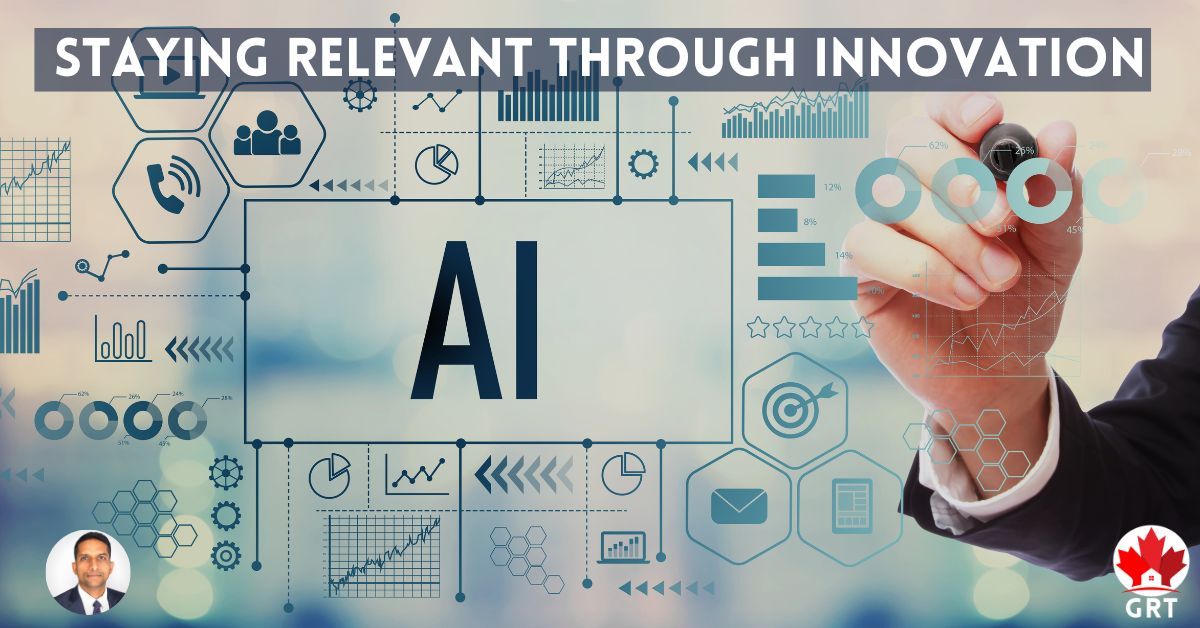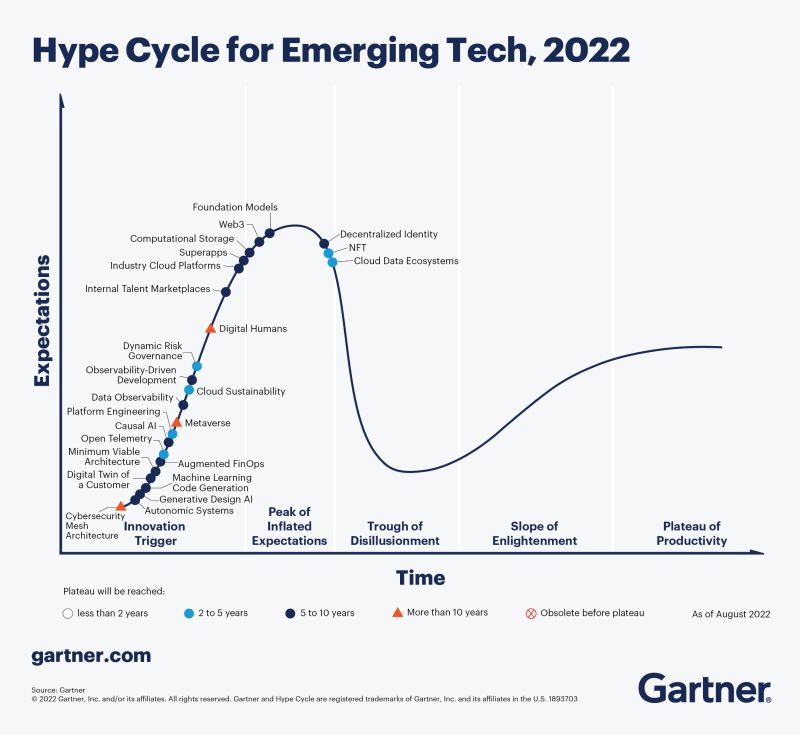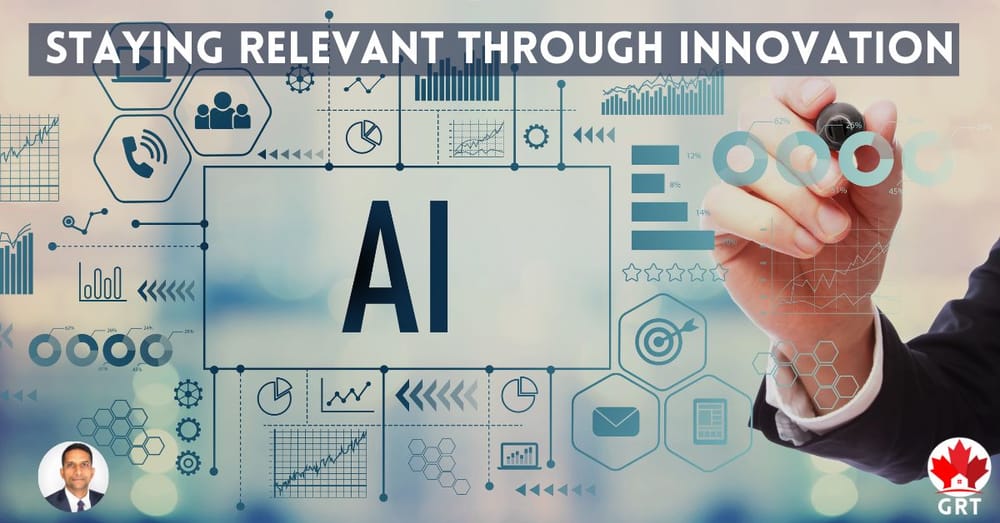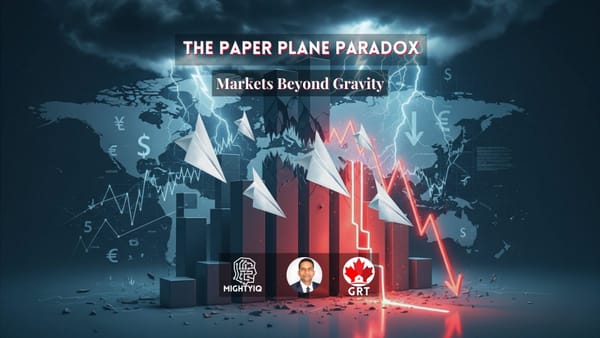Staying Relevant Through Innovation

Technologies are emerging faster than ever - and they are influencing the way we live in a big way. While new technologies are emerging - it is important to understand - what these new emerging technologies are and when is the right time for businesses to start adopting the emerging technologies.
Companies that fail to adapt to new innovations will soon be left out in the market conceding their competitive advantage to competitors. For classic example is the photography company - Kodak.
Kodak was the pioneer and a market leader commanding over 90% of the photo film sales in the year 1996. This is so evident with the notion at that time - there is a strong connect with amongst the customers. It was “The Kodak Moment”.
Although they hold a patent for the digital camera - they did not really get active in that space earlier on. They joined after all their major competitors positioned themselves in the market. The lack of adapting to changing market needs made Kodak go from being a Market Leader to eventually filing for bankruptcy.
With the pace at which technological innovations are emerging - businesses need to be mindful of the growing influence of the latest technologies and align their strategies to stay relevant in a highly competitive market-driven economy.
For businesses, it is going to be more about creating and capturing new innovative product opportunities rather than doing what our competitors are doing. Businesses need to innovate to create demand rather than fight out in a crowded marketplace.
One strategy for doing this is to watch out for emerging trends - by following what thought leaders have to say about technological innovations. Also follow the research and advisory companies such as Gartner, McKinsey and so on. By taking a closer look at these emerging trends - businesses can steer through the future uncertainty.
The 2022 Gartner Hype Cycle for Emerging Technologies was released recently featuring 25 “must-know” innovations to drive competitive differentiation and efficiency. These technologies are designed to help enterprise architecture and technology, innovation leaders.
They are classified under three themes:
- Expanding / Evolving immersive experiences: Metaverse, NFT, Web3, Decentralised Identity (DCI)
- Accelerate artificial intelligence (AI) automation: AI
- Optimize technologist delivery: Augmented FinOps, Cloud Sustainability, Cybersecurity Mesh Architecture

In my view, the following technologies look promising:
Web3: Web3 new stack of technologies for the development of decentralised web applications giving the user control over their data.
NFT (Non` Fungible Token): unique blockchain-based digital token proving the ownership of assets (digital or physical).
DCI (Decentralised Identity): A decentralised identity is a self-owned, independent identity that enables trusted data exchange (trust framework for identity management).
Accelerated AI: As IoT is getting more popular, expanding AI adoption will be critical to evolving services and solutions.
This requires us to accelerate the creation of specialised AI models that are capable of analysing large datasets and providing more accurate predictions to facilitate better business decisions.
How each of the above emerging technologies will fare in mass adoption will only be known once they reach the masses. That may become evident in the years to come. It may be possible that only a few of the technologies might find mainstream adoption.
I am a product management professional based in Halifax, Canada and I write about technology, innovation, entrepreneurship and business strategy. You can learn more about me at the following link: www.iamgrt.com


